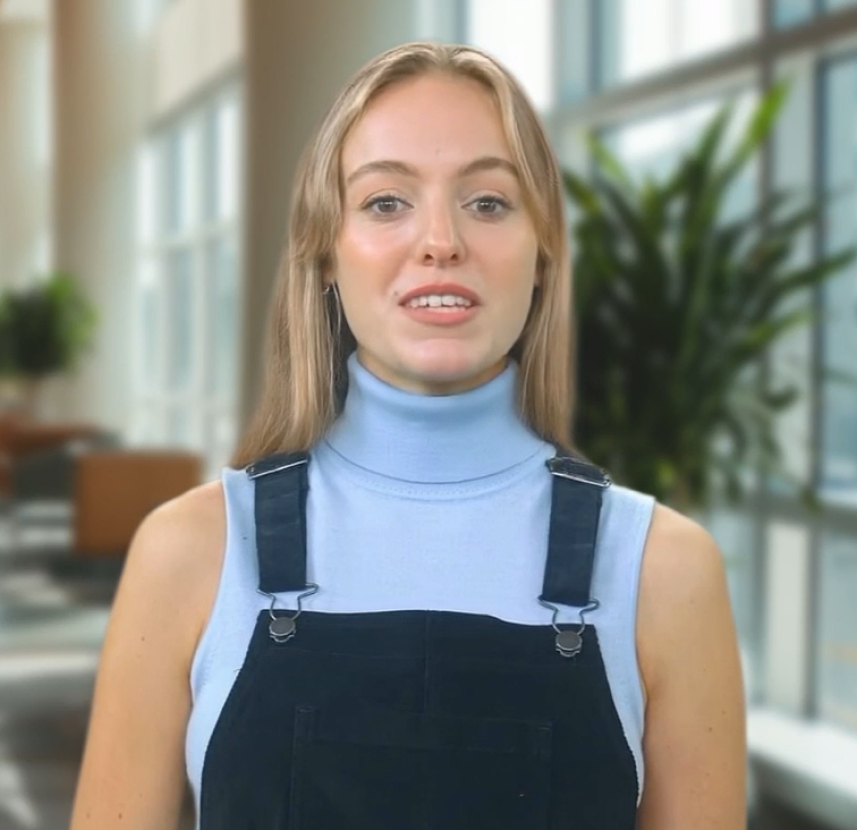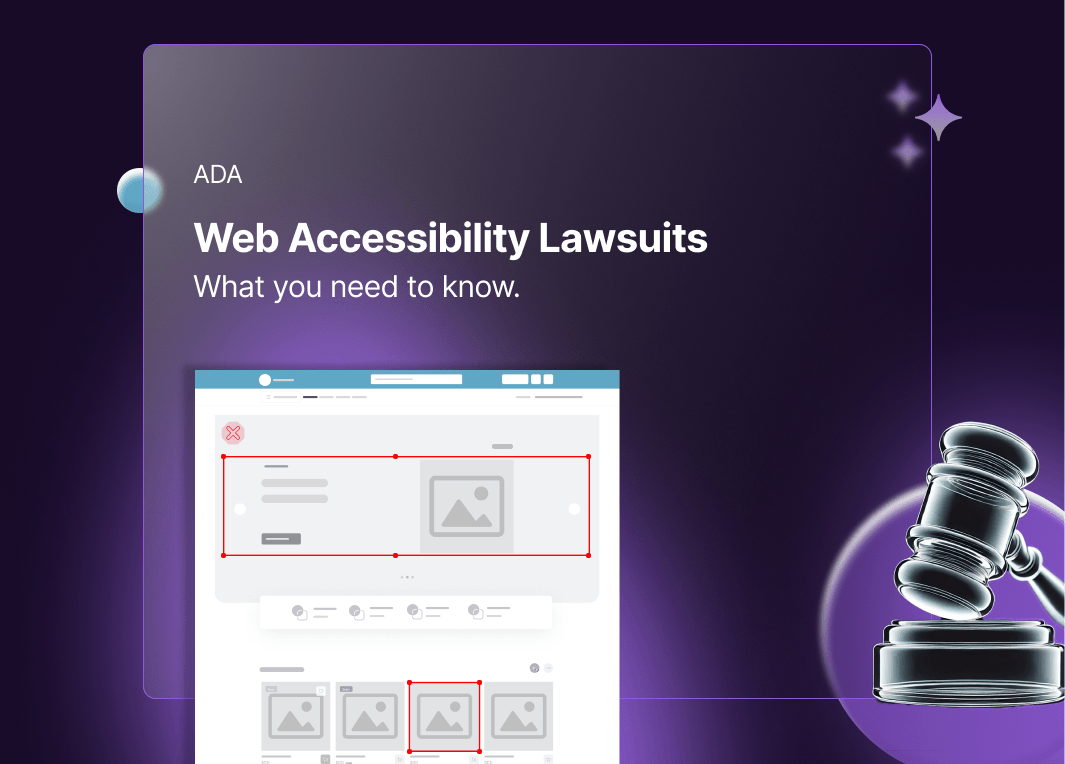EN 301 549 and EAA Compliance: The European Standard for Digital Accessibility

What Is EN 301 549 and How Does It Relate to the EAA?
EN 301 549 is the European standard for digital accessibility. It defines technical requirements for ICT products and services so organizations can meet the European Accessibility Act (EAA).
The standard applies to websites, mobile apps, software, documents, multimedia, and hardware UI. Aligning with EN 301 549 is the practical way to show EAA compliance across the EU.
Who Must Comply with EN 301 549 Requirements?
Compliance is required for public sector bodies and for companies that provide digital products or services to EU users or governments. If you sell, procure, or operate ICT in the EU, this applies.
- Government agencies and public sector websites and apps
- Vendors and contractors in public procurement
- Private companies offering consumer digital services in EAA scope
- Education, transport, banking, and telecom providers where relevant
How Does EN 301 549 Compare to WCAG 2.2 AA and Other Accessibility Laws?
EN 301 549 references WCAG. Meeting WCAG 2.2 AA for web and mobile content typically satisfies the core accessibility expectations in EN 301 549.
- EN 301 549: EU technical standard covering ICT and procurement
- WCAG 2.2 AA: Web and app content requirements used inside EN 301 549
- ADA and Section 508: US laws with similar goals. WCAG conformance supports cross-market compliance.
Use WCAG 2.2 AA as your day-to-day checklist. Map any extra EN 301 549 clauses for software, documents, and hardware UI.
What Are the Main Requirements of EN 301 549?
Your digital content and tools must be perceivable, operable, understandable, and robust across browsers, devices, and assistive tech.
- Web and apps: text alternatives, captions, keyboard support, focus visibility, clear headings, forms with labels, error help, reflow and zoom
- Documents and PDFs: tags, reading order, headings, alt text, table headers, bookmarks, language metadata
- Software: programmatic names and roles, accessibility API exposure, keyboard access, status notifications
- Multimedia: captions, transcripts, audio description where required
- Hardware UI: tactile or auditory cues, operability without fine motor skills where in scope
How to Achieve EAA / EN 301 549 Compliance Step-by-Step?
Follow a simple path to reach and maintain compliance.
- Audit: run WCAG 2.2 AA checks on web, apps, and documents. Identify EN 301 549 items beyond WCAG.
- Remediate: fix high-impact issues first. Improve templates, components, and authoring workflows.
- Test: validate with assistive technologies such as NVDA, JAWS, VoiceOver, and with keyboard only.
- Document: keep test results and conformance notes for procurement and vendor requests.
- Monitor: schedule regression scans, review new releases, and train content editors.
This process aligns teams to EN 301 549, supports EAA obligations, and improves user experience for everyone.
EN 301 549 Explained in Simple Terms
This short video breaks down how EN 301 549 supports the European Accessibility Act (EAA). In just two minutes, learn the key standards for digital accessibility and how they align with WCAG 2.2 AA.
How tabnav Helps You Stay Compliant
Staying compliant with EN 301 549 is easier with the right tools. tabnav combines AI-driven accessibility monitoring with expert remediation guidance to help you stay aligned with EAA and WCAG 2.2 AA standards.
Before you start, run a free test of your website's accessibility status using the tabnav Free Accessibility Checker . It's the quickest way to identify key accessibility gaps and track improvements over time.





Was this page helpful?